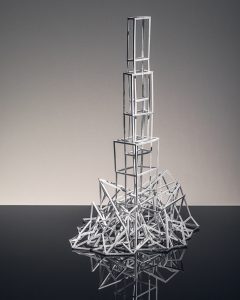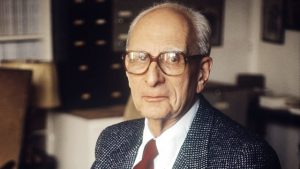While New Criticism looks at the author’s structuring of a text as something that gives it a particular meaning, Structuralism uses texts to create categories and look at human nature through larger, wide scale lenses.  Texts point to larger scale ideas within the human experience by sharing structure, or “conceptual framework”, with similar texts, which all help to point to the same underlying thought.
Texts point to larger scale ideas within the human experience by sharing structure, or “conceptual framework”, with similar texts, which all help to point to the same underlying thought.
Two great contributors to Structuralism are Claude Levi-Strauss and Northrop Frye. Levi-Strauss looks at the links in human nature across cultures, community. They can be found in the rituals we perform, the holidays we celebrate and the stories or myths we pass down through history. Levi-Strauss believes that there is no “original” version of any myth, despite what some might argue, and there is an underlying idea that we are all “born of the earth” (204). Frye seems to share a similar view as Levi-Strauss. Especially in his claim called “theory of myths” (209) which works to identify the shared structures Western literary tradition. Frye compares the four shared principles with the seasons, aligning summer with romance, winter with irony/satire, autumn with tragedy and spring with comedy.
I believe that this an interesting approach when looking at different texts. Being able to look at varying pieces and identify parts of structure that tie them into a common theme seems to work as a helpful tool when analyzing multiple texts. If someone were to use it as part of a textual analysis, however, I believe it would be difficult to use it effectively unless other texts were mentioned and analyzed as well. This way the author could give the best example possible when talking about their piece.
